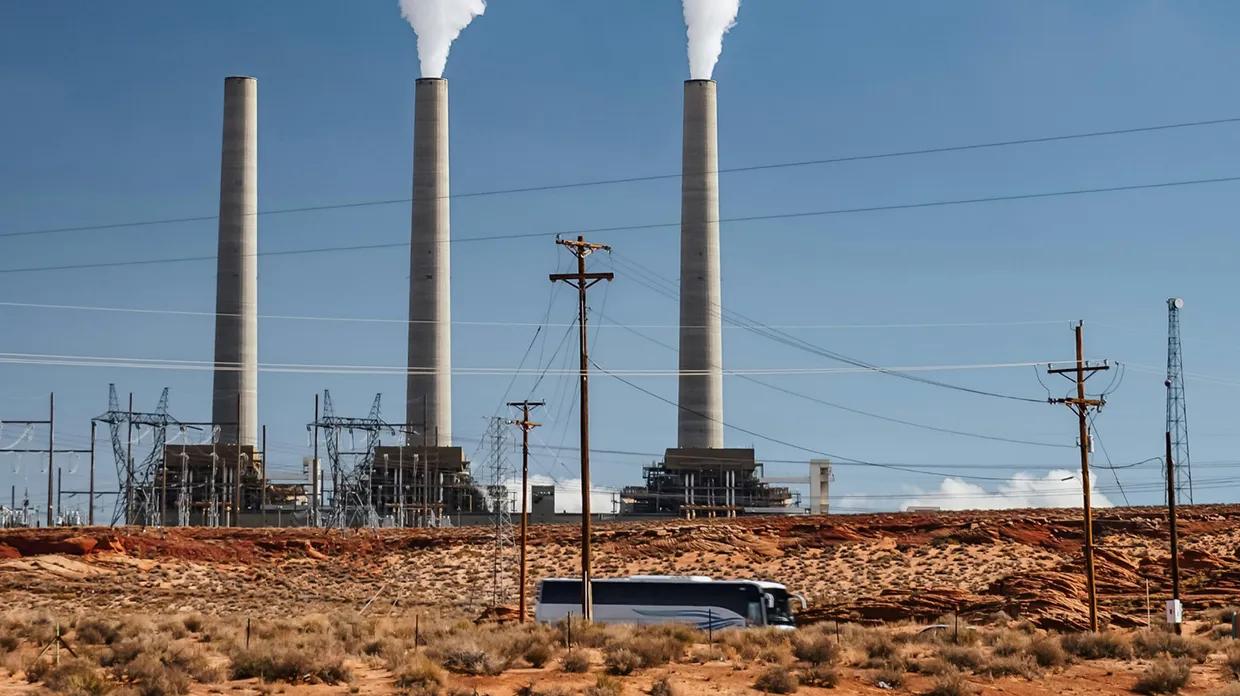In recent years, the conversation around climate change has intensified, bringing attention to the urgent need to address carbon emissions. Among the various strategies and terms used to describe efforts in tackling this crisis and to limit global warming, two concepts stand out: carbon neutrality and net zero. Though these terms are often used interchangeably, they represent different approaches to reducing carbon emissions, each with its own specific implications and methods.
To truly understand how these strategies work and how they contribute to limiting global warming, we must first explore what each term means and then examine their key differences, applications, and potential pathways toward creating a sustainable future.
What does carbon neutral mean?
Carbon neutrality refers to a state in which an organization, government, or individual balances the amount of carbon they emit with an equivalent amount of carbon removed from the atmosphere. In essence, carbon neutrality means achieving a “net-zero” balance of carbon emissions, but it does not necessarily require reducing emissions directly.
Instead, achieving carbon neutrality often involves offsetting carbon emissions by purchasing carbon credits, investing in renewable energy projects, supporting reforestation efforts, or financing carbon capture initiatives.
This process, known as carbon offsetting, emphasizes the importance of verified projects that store or reduce carbon, such as reforestation and renewable energy initiatives, while also addressing concerns regarding the validity of such projects and the need for clear, credible plans that integrate genuine emission reductions along with carbon offsetting. While the goal is to counteract emissions, the entity pursuing carbon neutrality may still release a significant amount of carbon into the atmosphere.
Key points about carbon neutrality include:
- It focuses on balancing carbon emissions rather than reducing them entirely.
- Carbon neutrality can be achieved through carbon offsets, which compensate for emissions by funding projects that remove or reduce carbon from the atmosphere.
- It is often seen as a first step in addressing climate change, especially for entities that are unable to immediately reduce their emissions at the source.
For example, a business may continue to emit carbon through its operations but claim carbon neutrality by purchasing enough carbon credits to offset the emissions it produces. These credits may support initiatives such as renewable energy projects or reforestation programs, which help absorb carbon dioxide from the atmosphere.
While carbon neutrality is an important goal, it does not necessarily involve transforming the way businesses operate or significantly reducing the volume of emissions at the source.
What does net zero mean?
Net zero refers to the process of reducing GHG emissions to nearly zero and balancing any remaining emissions through removal methods like carbon capture. In contrast to carbon neutrality, net zero focuses on reducing emissions as much as possible before relying on offsets. Some companies aim to go beyond net zero to achieve a carbon-negative status, actively reducing more carbon emissions than they generate.
Achieving net zero typically requires substantial changes in how companies and governments operate, including implementing clean energy solutions, improving efficiency, and lowering emissions across the supply chain.
Key points about net zero include:
- Net zero emphasizes lowering emissions at the source, across an organization’s entire operation, including supply chains
- Any remaining emissions after reductions must be neutralized through carbon removal or other similar technologies.
- It requires setting science-based targets that align with the global goal of limiting global warming to 1.5°C, as set out by the Paris Agreement.
Net zero is often considered a more ambitious target than carbon neutrality because it requires a fundamental shift toward more sustainable practices. Businesses on a net zero trajectory typically set aggressive goals to eliminate emissions from their own operations, adopt renewable energy sources, and push for reductions throughout their supply chains.
For instance, a company pursuing net zero will work to decarbonize its operations, energy usage, and logistics, and only after making substantial progress toward eliminating emissions will it consider offsetting any residual emissions that cannot be completely avoided.
Key differences between the terms carbon neutral and net zero
While both carbon neutrality and net zero aim to reduce the environmental impact of GHG emissions, the approaches and ambitions differ significantly. Here’s a breakdown of the key differences:
| Carbon Neutral | Net Zero |
| Balances emissions by investing in carbon offsets | Focuses on reducing emissions to near zero before offsetting |
| Allows for the continuation of significant emissions | Emphasizes deep reductions in emissions across all operations |
| Relies heavily on purchasing carbon credits | Prioritizes elimination of emissions with minimal reliance on offsets |
| Often focuses on carbon emissions alone | Addresses all greenhouse gas emissions, including methane and nitrous oxide |
| Easier and faster to achieve in the short term | Requires longer-term commitment and more substantial efforts to transform operations |




